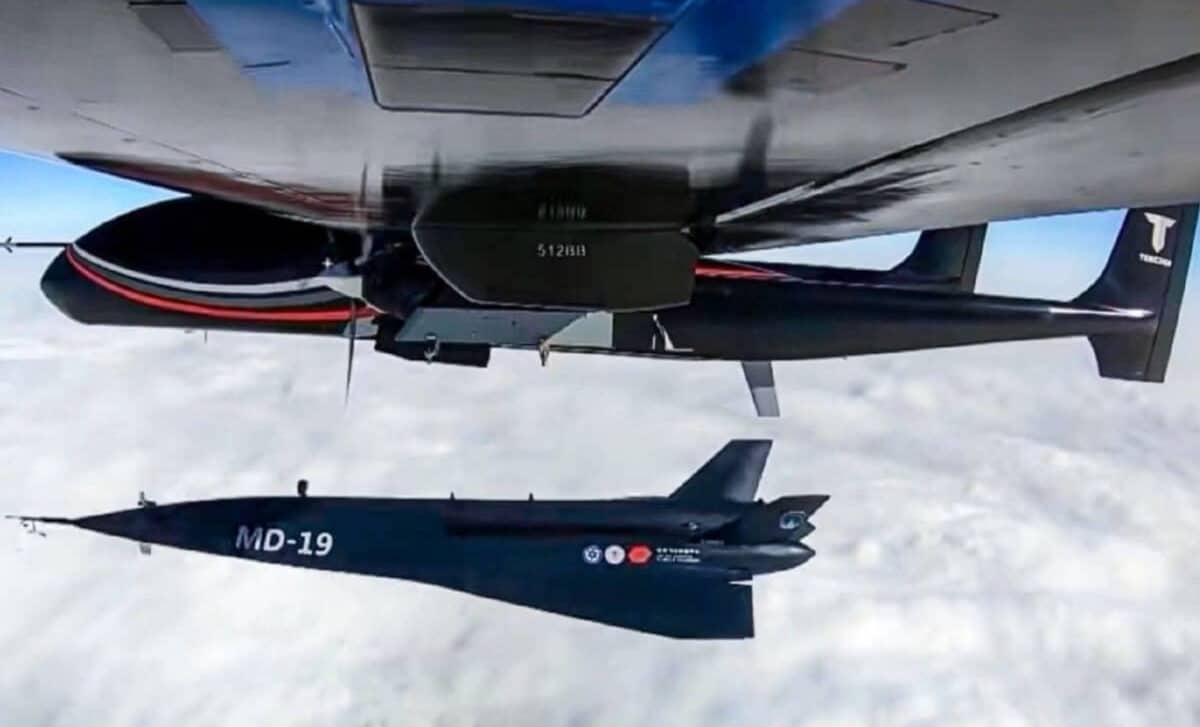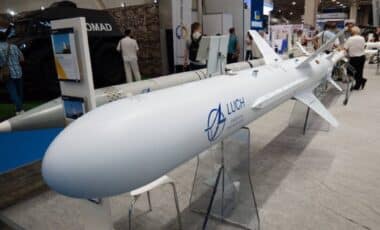China may have just made a significant leap in hypersonic weapon technology, which could reshape global military dynamics. A new study out of the country reveals a theoretical framework for launching hypersonic glide vehicles (HGVs) from space, with speeds reaching up to Mach 20. This advancement could allow China to strike any target worldwide in under 30 minutes, fundamentally altering current deterrence strategies and defense systems.
This research, led by the People’s Liberation Army Rocket Force (PLARF), suggests that space-based launches offer a distinct advantage over traditional ground-based missile systems, reports Indian Defence Review.
Hypersonic Glide Vehicles: The Mechanics of a New Weapon
According to the report, China’s proposed system would involve launching HGVs from space-based platforms like satellites or orbital stations. These vehicles, capable of reaching 21,000 km/h, would re-enter Earth’s atmosphere and then use lift-based flight profiles to maneuver toward their targets. This launch method would make their trajectories harder to predict compared to traditional ballistic missiles, significantly reducing the time available for adversaries’ defense systems to respond.
Researchers assert that this space-based hypersonic system could compress early-warning systems for opposing forces, making it harder to intercept or counteract such an attack. This strategic move could provide China with a powerful tool to bypass existing missile defense technologies and target global assets with unprecedented speed.
The Challenges: Infrared Detection and Maneuverability
Despite its potential, the space-based hypersonic system faces significant hurdles. One of the key challenges is the infrared signature of the vehicles during flight. At hypersonic speeds, atmospheric friction generates significant heat, which makes these weapons detectable by infrared-based tracking systems. This issue could complicate China’s ability to deploy these missiles covertly, especially against advanced defense systems.
Additionally, the gliders’ limited maneuverability could further limit their effectiveness. The study notes that these hypersonic vehicles can only endure between 3 to 5 G of gravitational force during evasive maneuvers, restricting their ability to sharply alter course. This constraint could potentially make them vulnerable during their final approach, especially if defensive forces can track their trajectory early enough.
A Comparison With Western Hypersonic Programs
While China explores orbital missile deployment, the United States and the United Kingdom are pursuing terrestrial-launched hypersonic systems. These Western programs focus on air-breathing hypersonic propulsion, aiming to develop missiles that can maintain high speeds and maneuverability over long distances.
According to recent reports, the UK Ministry of Defence’s Team Hypersonics program has completed successful tests of next-generation scramjet engines designed to enable sustained speeds beyond Mach 5. These systems, unlike China’s space-based approach, prioritize flexibility and range rather than unpredictability.
China’s interest in orbital systems is in stark contrast to these Western developments, highlighting different strategic priorities. While Western countries focus on developing weapons that can operate from the ground, China’s strategy embraces the potential of space to introduce an entirely new class of missile systems that could alter military planning and defense strategies globally.








